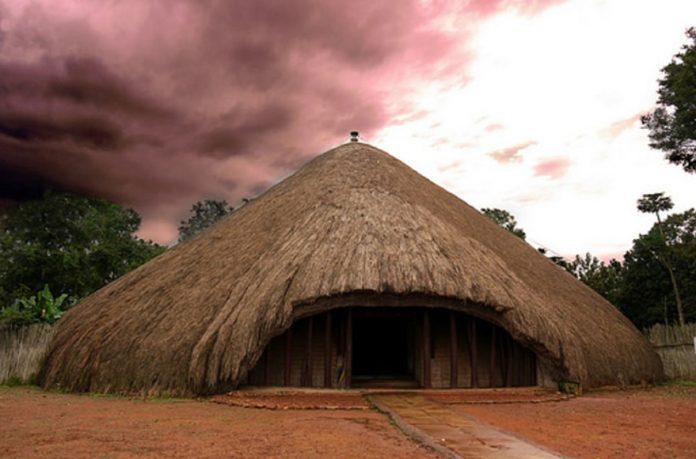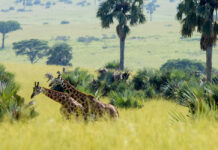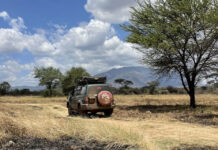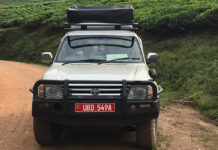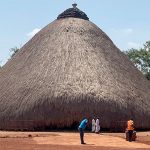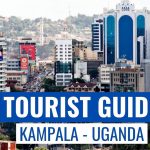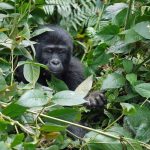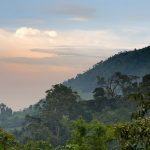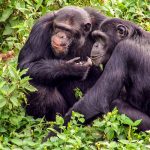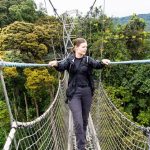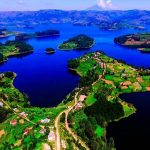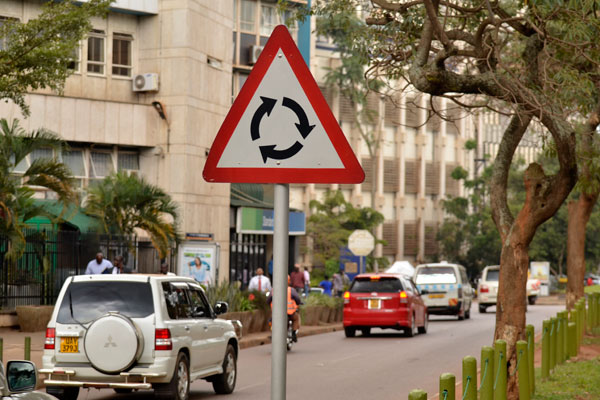Kampala, Uganda’s rumbustious capital city, is known to many as East Africa’s Entertainment Capital.
The city, which lies on the north shore of Lake Victoria – the world’s second-largest freshwater lake – has always enjoyed a reputation as livelier and more colorful than other cities in eastern Africa, particularly when it comes to bar culture and nightlife.
Yet, its lively nightlife aside, Kampala is also home to some of Uganda’s most iconic cultural and historic sites worth checking out.
If a trip to Kampala is on your bucket list, rest assured that you’ll not be bored once you are here – even though the town’s traffic jam can be nauseatingly frustrating.
This article, In Kampala, unpacks for you the top things to do and see when you visit Kampala…
Visit the Uganda Martyrs Shrine
Located about 11 kilometers east of the central business district, the Uganda Martyrs Shrine is the spot from where the bodies of slain Uganda Martyrs were burnt on the orders of the King of Buganda towards the end of the 19th Century.
Their crime was simple: they had refused to denounce Christianity, their new faith, much to the chagrin of the king.
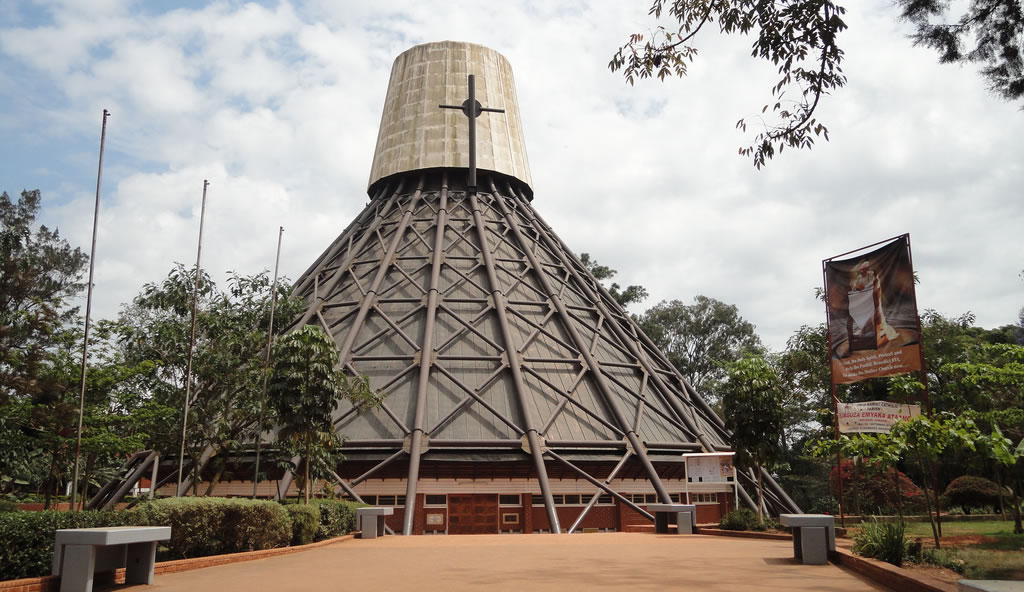
In 1920, the Catholic Church of Rome beatified the martyrs and then canonized them 44 years later.
The death of these martyrs is remembered by Ugandans and many Christians from across the world every June 3, which is also a public holiday in Uganda.
If you are interested in faith-based tourism, the Uganda Martyrs Shrine is a good starting point, but you can also visit other martyrs shrines in Munyonyo, Mityana, Ssese Islands, Entebbe, and Old Kampala.
Check out the iconic Rubaga and Namirembe Churches
When Christian missionaries arrived in central Uganda in the 19th Century, some grand churches were constructed atop some of Kampala’s most prominent hills.
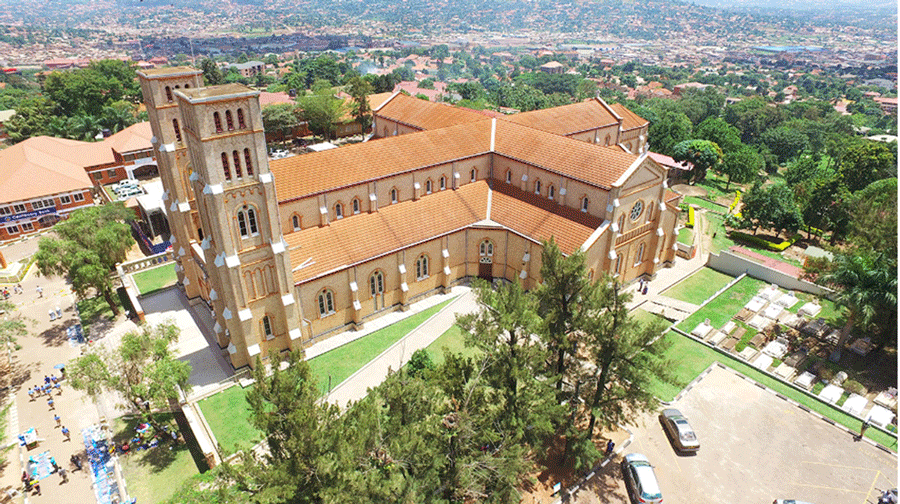
The Rubaga Cathedral, which sits atop Rubaga Hill on the northern edge of the city, will wow you with its Romanesque architecture, which is akin to most churches in Europe and South America.
But aside from its grandeur, Rubaga Cathedral is also an important landmark building particularly because it houses the remains of Bishop Joseph Kiwanuka, the very first African Catholic bishop in the country.
Away from Rubaga Hill, move a few kilometers to Namirembe Hill on the eastern part of the city and also check out Namirembe Cathedral – the Anglican Church which is also said to be the oldest in Uganda, built way back in 1890.
Bahai Temple, the only one of its kind in Africa
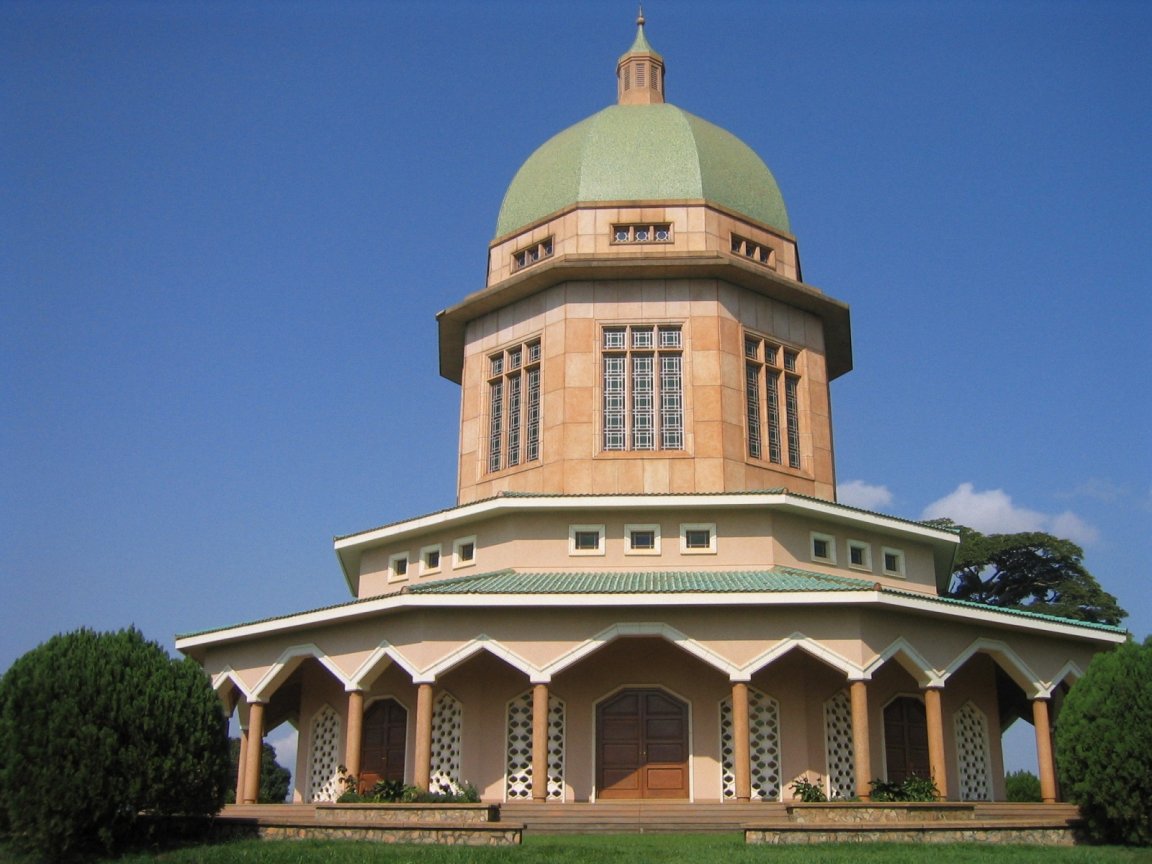
Perched atop Kikaya Hill on the outskirts of Kampala, the Bahai Temple is one of Uganda’s historic religious sites worth checking out. It was built in 1961 following the introduction of the Bahai faith in Uganda three years earlier.
Occupying a 50-acre piece of land and designed by Charles Mason, the Bahai Temple is an architectural wonder in its own right and it’s the only one of its kind in Africa.
Gaddafi Mosque
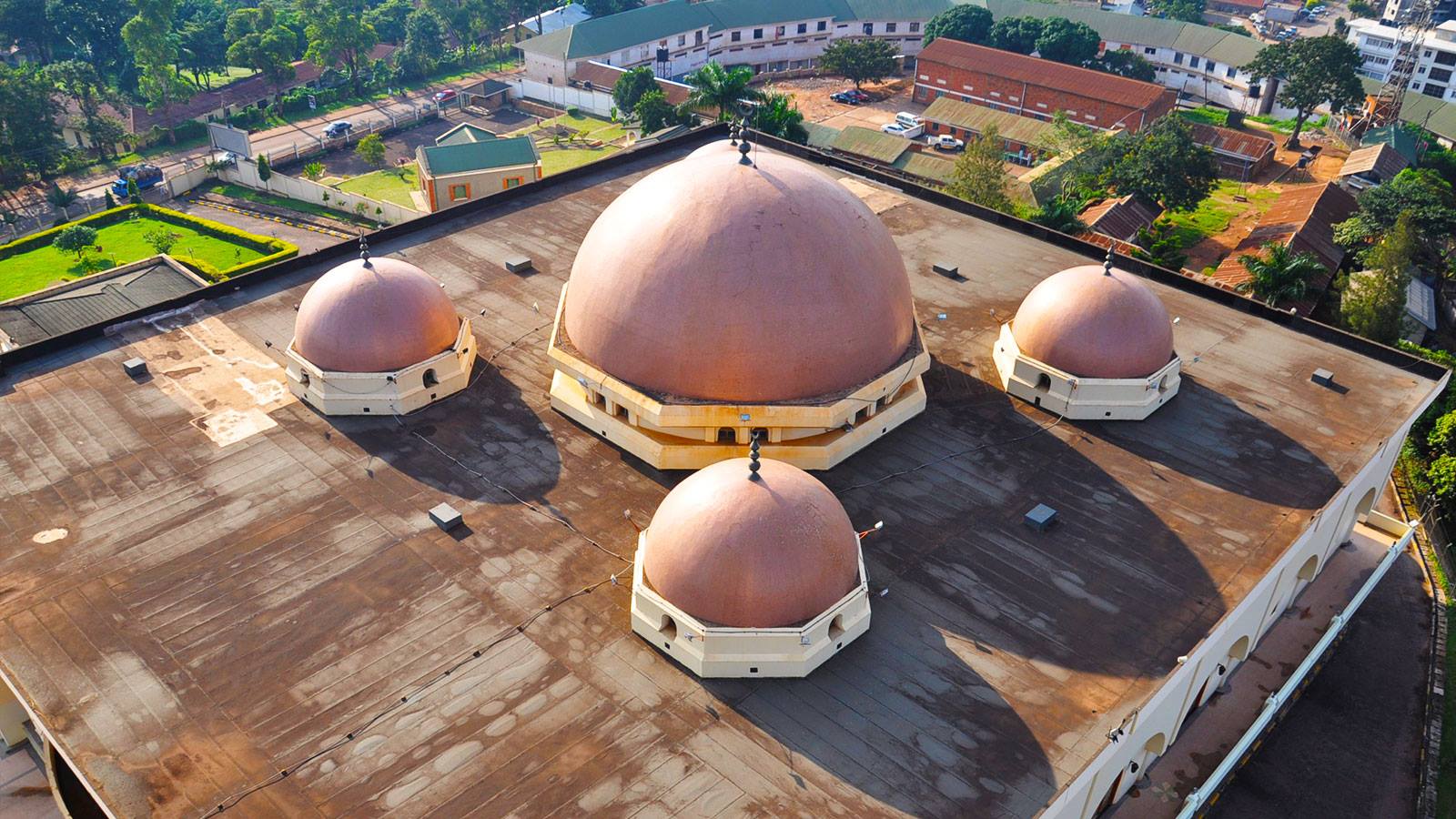
The Gadaffi Mosque, also known as the Uganda National Mosque, is considered to be one of the biggest and most beautiful mosques in Africa. The mosque occupies land in Old Kampala that was once Captain Lugard’s Fort, just a few steps from the central business district.
Uganda Museum
A trip to Kampala is never complete without a visit to the Uganda Museum, the best place to learn about Uganda and its unique people’s cultures and traditions.
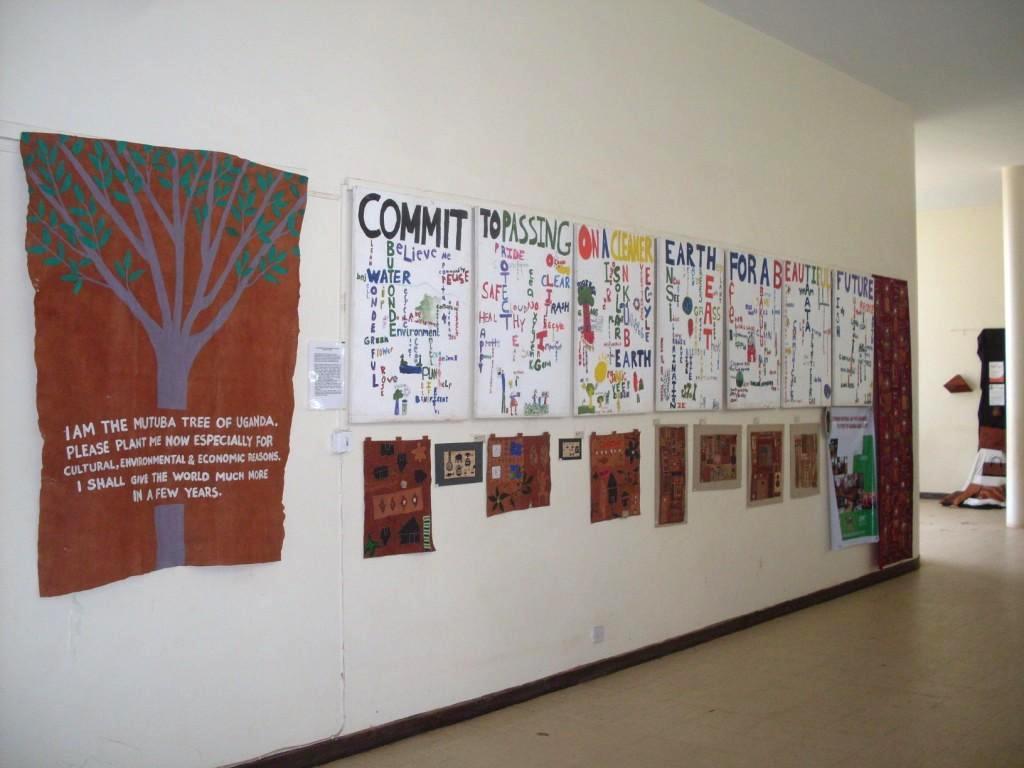
Located on Kira Road, just about a 10-minute drive from the city centre, some of the Uganda Museum’s exhibits include traditional musical instruments and artifacts that date back several decades. Most of the museum’s exhibits showcase how Uganda has evolved over the years – from the kingdoms era to colonial times through to today.
Kabaka’s Palace
The Kabaka’s Palace, locally known as Olubiri, is one of the oldest buildings in Kampala. It was constructed by Ssekabaka Mwanga II (King of Buganda)on Mengo Hill way back in 1885 as his official residence.
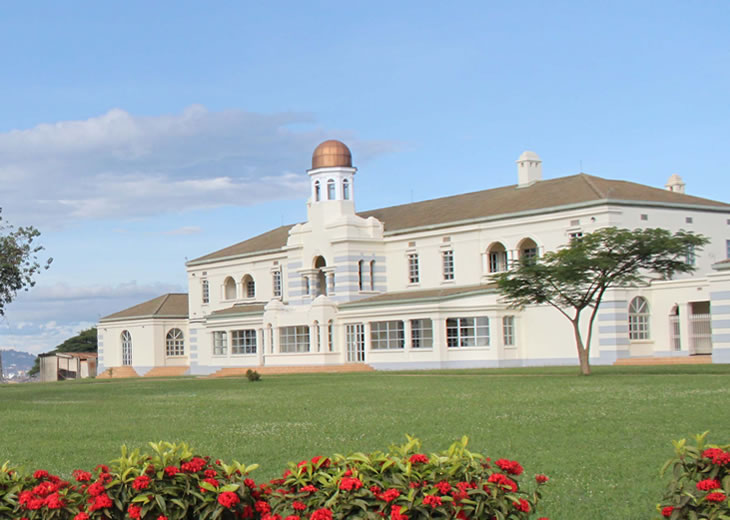
Mengo Hill, which was hitherto known as NkaawoHill, subsequently became the capital of the Buganda Kingdom. In 1966 during Sir Apollo Milton Obote’s regime, the Ugandan army attacked the palace and forced Mutesa II, the king of Buganda at the time, to flee to exile in the United Kingdom.
Obote and co. subsequently turned the palace into an army barracks and home to one of the most notorious torture chambers in Uganda’s history. One of the walls in the torture chamber still features the poignant words of one of the prisoners: “Obote, you have killed me, but what about my children!”
Obote’s successor President Idi Amin’s brutality can be seen through the remains of King Mutesa’s Rolls Royce vehicle, which was destroyed on Amin’s orders.
Kasubi Tombs, a World Heritage Site
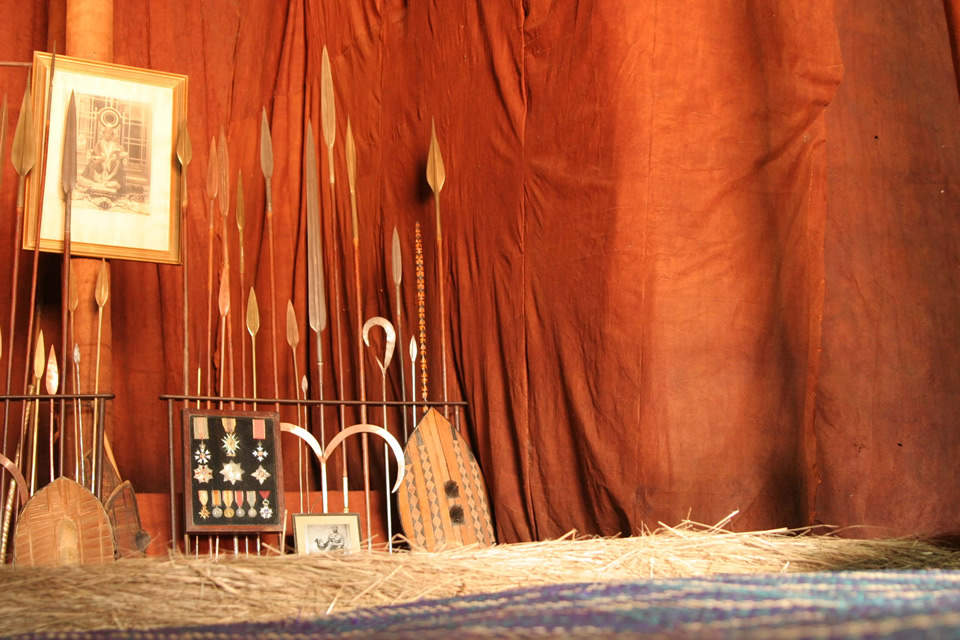
The Kasubi Tombs is the site where four kings of Buganda and some members of the royal family were laid to rest. In 2001, due to its spiritual importance to the people of Buganda, as well as its traditional architecture which is “one of the most remarkable buildings using purely vegetal materials in the entire region of sub-Saharan Africa,” the Kasubi Tombs site was named a UNESCO World Heritage Site – one of the few attractions in eastern Africa to hold that title.
Unfortunately, in 2010, the Kasubi Tombs were almost completely destroyed when they were gutted by fire, the result of which got the site included on the World Heritage Sites in Danger list.
Located about five kilometres northwest of Kampala, the site features a royal palace built in 1882 and other several houses of the wives of the king – all constructed mostly using local materials such as wooden poles, reed wattle and daub.
Uganda Wildlife Education Centre
The Uganda Wildlife Education Centre, previously known as Entebbe Zoo, is located in Entebbe, about 40 kilometres west of the capital Kampala.
Occupying a 72-acre piece of land on the shores of Lake Victoria – the world’s second-largest freshwater lake – the centre will introduce you to Uganda’s native wildlife that can be found in most of the country’s lush national parks: chimpanzees, elephants, giraffes, zebras, lions, tigers, rhinos, snakes, leopards, a range of antelopes and many more.
Trained guides are always on hand to help you interpret the features and behaviors of the different mammal species that call the Uganda Wildlife Education Centre home.
Crafts Village
After you have come into contact with all the wonders and worries of Uganda’s capital and largest city, wrap up your odyssey with a visit to the Crafts Village, which is located on Kampala Road right in the heart of the city.
The Crafts Village is the perfect place in Kampala to buy souvenirs to take with you back home – such as Africa’s famous Kitenge (African fabric), paintings, sculptures, locally-made sandals, clay pots, etc.
Would you like to learn more about Kampala? Just checkout the Kampala City Guide, the ultimate guide to travel, stay and living in Kampala.

